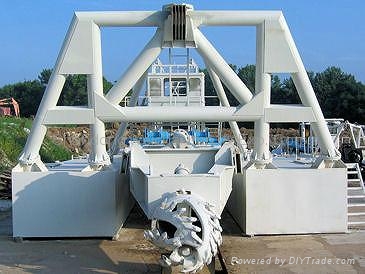
There are various other types of dredges used in the UK to target other species of shellfish. They will land at any port close to the fishing grounds and overland their catch by road to the processing factory. In recent years many beam trawlers have been converted to enable them to tow scallop gear.Īlthough the majority of scallop vessels are registered to a few ports scattered throughout the UK they are quite nomadic in their fishing patterns, tending to move to where there is a good fishing of scallops at that particular time. The vessels and rigging are very similar to that of beam trawling with the beam trawls being replaced by the steel bar with multiple dredges being towed behind it. The number can vary from 3 or 4 on a small 10m boat up to 18-20 on a 30m vessel with 1500hp engine. The length of bar and number of dredges is dictated by the power of the vessel and its length of side deck to work the dredges over.

Several of these dredges are towed behind a heavy spreading bar, usually one from each side of the vessel.

This bag is made of chain links forming a chain mesh on the bottom and usually netting on the top.

The dredges consist of a triangular frame, about 750mm wide, with a toothed bar at the front to flip the scallops out of the seabed and into a collecting bag behind it. Each dredge is designed specifically for the fishery and target species. In the UK the main dredge fishery is for king scallops and to a lesser extent queen scallop, mussels, oyster, and razor clams. Dredges are rigid structures that are towed along the seabed to target various species of shellfish.


 0 kommentar(er)
0 kommentar(er)
